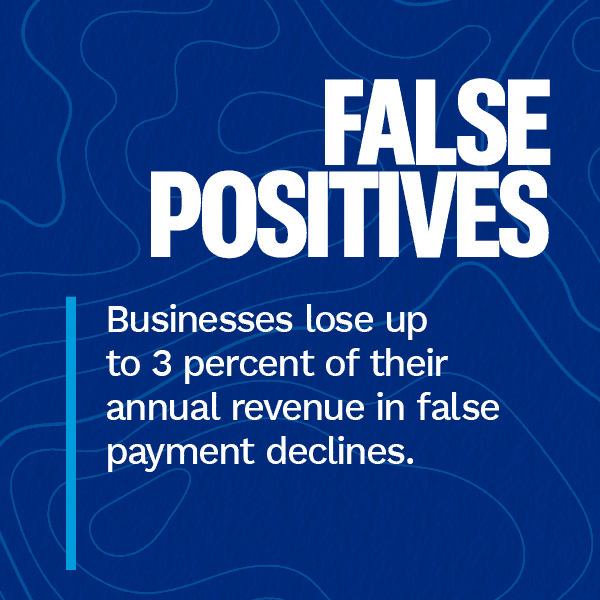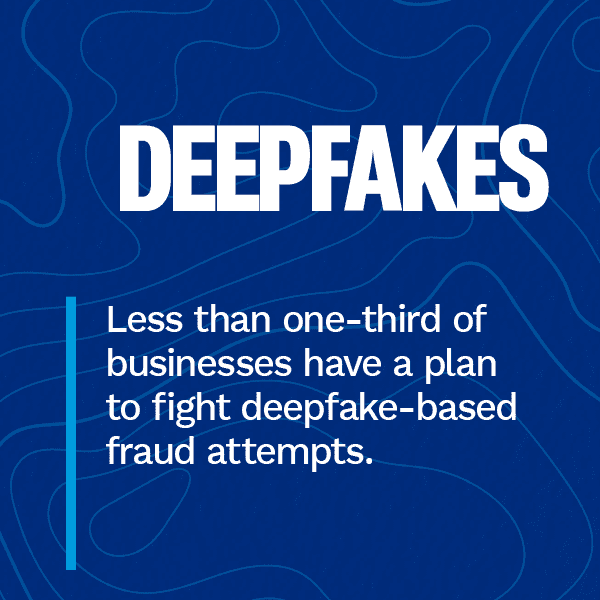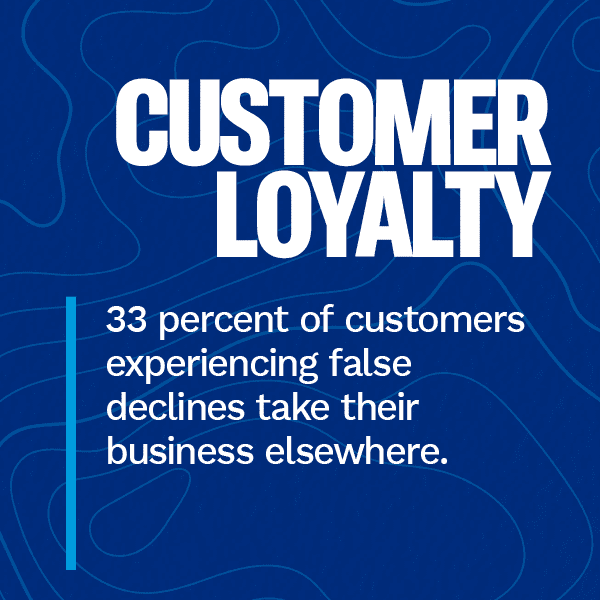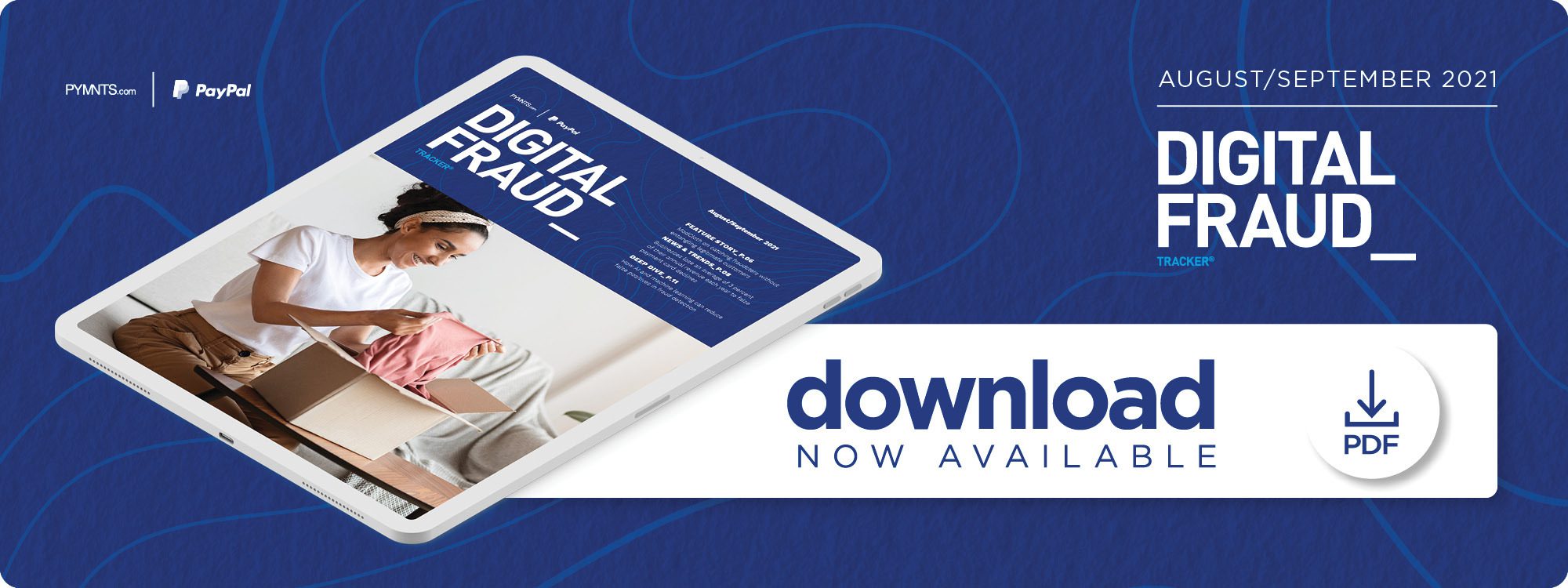ModCloth’s Data-Driven Approach to Tackling Fraud, Reducing False Positives

Digital fraud is a perennial concern for banks, merchants and businesses of all types, with eCommerce retailers expected to lose $20 billion this year alone — an 18% increase over 2020. The surge in online traffic over the past year has provided a veritable feast for bad actors, with each login and transaction representing a potential entry point for fraudsters to infiltrate merchant systems or customer accounts.
The fraud prevention market is expected to hit $40.8 billion by 2026, representing a vast investment by businesses to keep themselves and their customers safe. Studies have shown, however, that the overzealousness of these security systems can backfire. Up to 15% of card-not-present (CNP) transactions are falsely flagged as fraudulent, for example, costing merchants up to 75 times more than the fraud itself. These losses come not only from customers abandoning their purchases out of frustration, but also in future lost sales as customers take their business elsewhere.
In the August/September edition of the “Digital Fraud Tracker®,” PYMNTS explores the latest in the world of fraud prevention, including the latest tactics leveraged by bad actors to steal funds and precious data, the new techniques being deployed by businesses to keep cybercrime in check, and how some of these systems can result in false positives and other customer frictions if not deployed carefully.
Developments From the Digital Fraud Space
False fraud positives can be nothing short of devastating if left unchecked. A study found that businesses lose an average of 3% of their annual revenue each year to false payment card declines, a potential loss of $386 billion annually by 2023. Many of these false positives are the result of overzealous systems mistaking unusual purchases for fraudulent ones, such as multiple transactions from a single IP address per day, shipping and billing address mismatches and transactions over a certain dollar amount.
False positive reduction must be a key priority, but it cannot come at the expense of missing real fraud threats. In a survey, 90% of banks said business email compromise (BEC) fraud was the greatest risk to their business, for example, with losses to this tactic doubling over the past two years. This type of fraud was particularly commonplace amid the pandemic, as interactions between businesses largely took place online rather than in person.
There are a number of different technologies and strategies to keep bad actors away from merchants and their customers. One popular solution is multifactor authentication (MFA), with experts predicting that the global market size for MFA will hit $32 billion by 2026. This growth is being fueled by recent incidents of security breaches, fraud and identity theft, but is hindered by the high upfront costs and maintenance of MFA solutions.
For more on these and other digital fraud news items, download this month’s Tracker.
ModCloth on Reducing False Positives in Digital Fraud Detection
Digital fraud is a pervasive threat, but the consequences of being overzealous in prevention are no less threatening in the form of false positives that can drive customers away completely.
In this month’s Feature Story, PYMNTS talked with Geoff Van Haeren, president of Nogin, parent company of indie and vintage clothing brand ModCloth, on how the eCommerce retailer avoids false positives without compromising cybersecurity.
Deep Dive: How AI and ML Can Reduce False Positives in Fraud Detection
Fraud detection is a priority for merchants, but they face a challenging task in balancing cybersecurity and smooth customer experiences. Falsely identifying legitimate customers as fraudsters, for example, can result in said customers abandoning merchants entirely, but artificial intelligence (AI) and machine learning (ML) systems could go a long way in reducing these false positives while still catching real fraudsters.
This month’s Deep Dive explores the causes behind false positives and how AI and ML solutions can help reduce their impact significantly.
About the Tracker
The PYMNTS “Digital Fraud Tracker®,” done in collaboration with and supported by PayPal, is your go-to monthly resource for updates on trends and changes in digital fraud prevention.


